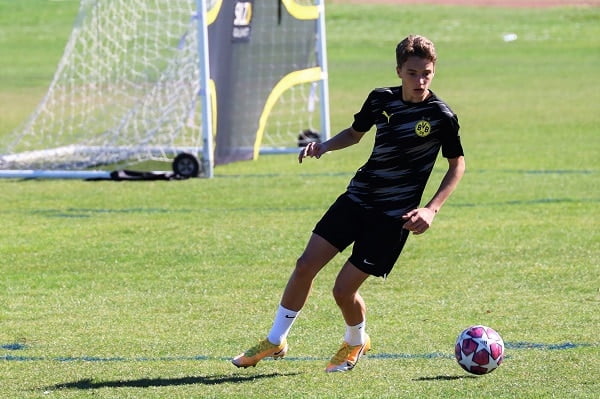Youth Sports Injury Prevention
Tips for keeping kids in the game
Did you know that nearly half of all youth sports injuries can be prevented? Our surgeons share some injury prevention best practices. Let’s focus on the FUN and these tips to keep kids playing sports.
Why are there more injuries in youth sports?
We are often asked by parents, “Why are we seeing an increased amount of injuries in our kids?” Several factors contribute to this increase. First, kids used to take off from each sport. Now, kids specialize in sports earlier and play year-round. With 50% of injuries from overuse injuries, these are injuries we didn’t see 10-30 years ago. Additionally, kids are playing more sports more often. This increased exposure results in more injuries. Playing more sports leads to fatigue, which also contributes to more injuries. Dr. Matt Daggett, Sports Medicine Surgeon, explains more on this.
Play a variety of sports.
Play different positions or sports throughout the year to minimize the risk of overuse injuries. With so many injuries from overuse, playing other sports and positions can help reduce the chance of this type of injury.
Let’s take a page from Patrick Mahomes’ playbook: he didn’t stick to one sport. Playing multiple sports helped him become the amazing athlete he is today.
Dr. Matt Daggett explains why we are seeing more injuries as a result of sports specialization
Rest 1 to 2 days per week.
Young bodies need time to rest from physical activity. Walk, stretch or take a break! Everyone is at a higher risk of injury when you play while fatigued.
Dr. Witte explains how cross-training can help prevent injuries.
Prior to age 12, spend 80% of the time in deliberate play.
Play means non-competitive activity. Pick-up games, practice, and a variety of sports are key to reaching 80%.
Speak up when fatigued and do not push through the pain.
No pain, no gain should not be the motto. Playing while injured does no one any good—not the team and especially not the athlete.
Wear appropriate and properly fitting gear.
This includes wearing the right size helmets, shin guards during practice and games, etc.
Playing sports should be FUN!
Sports help develop life-long physical activity skills, encourage socialization with peers, build teamwork, enhance leadership skills and develop self-esteem.
Delay single-sport specialization until age 15-16 (pending sport).
Some exceptions, like gymnastics, tend to specialize at a younger age. Athletes who participate in a variety of sports have fewer injuries and play sports longer than those who specialize before puberty.
A general rule of thumb is to follow the age to the number of hours guide: no more hours in a week than the number of years in age. A 10-year-old should not play more than 10 hours/week in organized sport.
Take off at least 3 consecutive months a year from the chosen sport.
Athletes can still be active; this is a great time to cross-train. This also prevents burnout.
Get a pre-participation sports physical exam to ensure proper physical condition to play.
The exams prior to the school season may seem redundant, but they are required to ensure athletes are in good condition to play.
Use proper technique and abide by sport rules.
Pitch counts are in place to protect young shoulders. Developing your skill with the right form and technique can help prevent injuries.
STOP Sports Injuries
An organization dedicated to sports safety relating to sports safety-specifically relating to overuse and trauma injuries.
SAFE Kids Worldwide
A nonprofit organization working to help families and communities keep kids safe from injuries.

Dr. Matt Daggett appeared on Fox 4 news to discuss injury prevention in youth sports.
